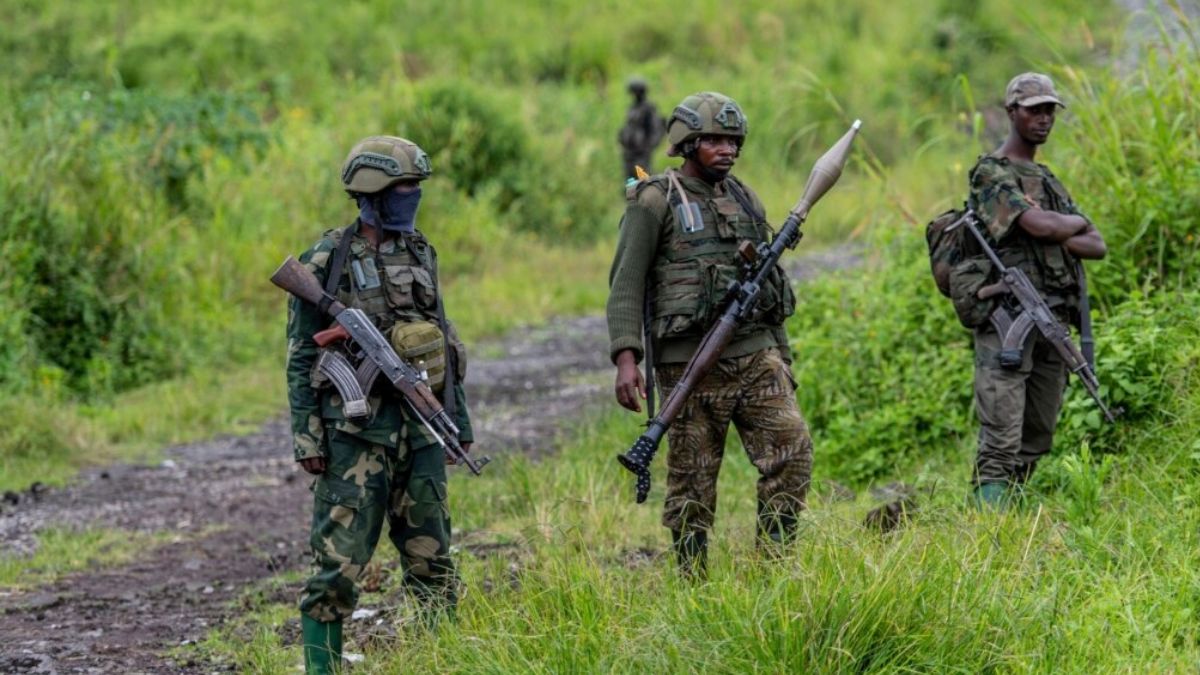After the video began making rounds on the web, Pakistan pinned the blame on India for the waterlogging, stating that the elevation of the Grand Trunk Road on the Indian side has actually triggered the flooding
The renowned Wagah border, from where Pakistan is within an eyeshot, experienced 2 sides of the coin after floodwaters deluged the Pakistani side, while the Indian side looked tidy.
A video of Pakistani rangers standing in knee-deep water in its side of the Wagah border has actually gone viral considering that.
— Fazal Afghan (@fhzadran) August 27, 2025
STORY CONTINUES BELOW THIS ADVERTISEMENT
Pakistan is facing serious flooding following days of unrelenting heavy rain. At the Wagah joint checkpost, the Pakistani side of the parade location, utilized for the everyday flag-lowering event, is immersed in muddy water, with sandbags stacked at numerous points in an effort to handle the flooding.
More from World
)
In plain contrast, the Indian side stays mainly dry, aside from a little spot of water near the worldwide border gates.
Pakistan blames India
After the video began making rounds on the web, Pakistan pinned the blame on India for the waterlogging, stating that the elevation of the Grand Trunk Road on the Indian side has actually triggered the flooding.
India currently has a rain water gathering system in location and is geared up with correct drain management to avoid waterlogging on its side.
According to a report by theTimes of IndiaPakistan has actually raised the concern of GT Road elevation to Indian authorities.
Kartarpur passage floods
Floodwaters from the Ravi River got in the complex of Gurudwara Darbar Sahib in the Kartarpur passage of Narowal district of Pakistan. The revered website homes the holy bible Guru Granth Sahib.
Delhi govt minister Manjinder Singh Sirsa has actually validated that the “saroop” of Sri Guru Granth Sahib is safe, including that 8 individuals have actually been saved from the gurudwara and sent out to Narowal.
The Pakistan military revealed it had actually introduced a “significant rescue operation” to leave pilgrims, personnel, and regional citizens. Boats were released, and numerous individuals were transferred to much safer locations.

